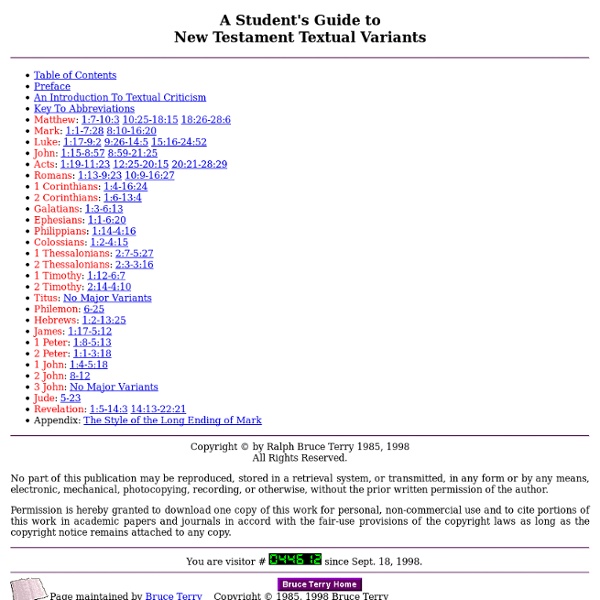



Online Bible Study Tools - Your Gateway to Bible Resources Bible History Online Images and Resources for Biblical History Complete Bible Genealogy - Jesus family tree - Kings of Judah and Israel Orach Chayim Torah Study Early Christian Writings: New Testament, Apocrypha, Gnostics, Church Fathers Greek New Testament - Parallel Greek New Testament by John Hurt L’Épiphanie L’Épiphanie Le 6 janvier est célébrée la visite des rois mages, venus rendre hommage au nouveau messie. Cette fête chrétienne est appelée l’Épiphanie ou Théophanie. L’Épiphanie est un mot d’origine grecque signifiant manifestation ou apparition, de la racine epi (ce qui est au-dessus, au-delà, ce qui transcende), et du verbe faïno (se manifester, apparaître, être évident). Il fut utilisé bien avant le christianisme, les Épiphanes étant des divinités apparaissant aux hommes. L’Épiphanie se situe 12 jours après la nativité dans la tradition chrétienne actuelle. Le cycle de 12 jours entre Noël et l’Épiphanie est très symbolique. Ces 12 jours peuvent aussi symboliser le décalage des 12 mois lunaires de l’année auxquels il faut ajouter 12 jours pour obtenir les 12 mois solaires. Si nous remontons un peu plus loin, nous retrouvons le 23 décembre la fête de la résurrection d’Osiris, avec l’érection du pilier Djed, dont il est la représentation magique. Les rois mages Revenons à nos rois mages.
Hebrew Glossary Then name Ashkenaz (Bereishit 10:3) has since the 10th century been identified with Germany. As the German and French Jews of the medieval period formed a uniform group in culture and religious customs, they were all referred to as Ashkenazim in contradistinction to the Sefardim or Spanish- Portuguese Jews. Ashkenazim are the people who use Nusach Ashkenaz, the prayer arrangement adopted by the medieval Franco-German Jews, including certain variations described as belonging to the Polish custom (Minhag Polin). In the 18th century, the Chasidic movement adopted the Sefardic arrangement of prayers; hence, the Chasidim have been called Sefardim on many occasions. The Ashkenazim in Eastern Europe developed an intense religious life, disseminating Talmudic scholarship among the people to a degree never before surpassed in Jewish history. Chasidim and Mithnaggedim and followers of the Haskalah movement (Maskilim) presented a changing pattern of types, trends and ideologies.